
Japanese Holiday Foods: 9 Dishes From Japan For Special Occasions
Japan has a rich culture of holiday foods spanning the entire year. Apart from being delicious, the traditions behind these dishes imbue them with special meaning, ensuring an unforgettable dining experience. From New Year’s soups to eel and Buddhist vegetarian cuisine, here are 9 of our favorite Japanese holiday foods worth adding to your “to-eat” list.
This post may contain affiliate links. If you buy through them, we may earn a commission at no additional cost to you.
1. Osechi Ryouri (January 1st to 3rd, New Year)
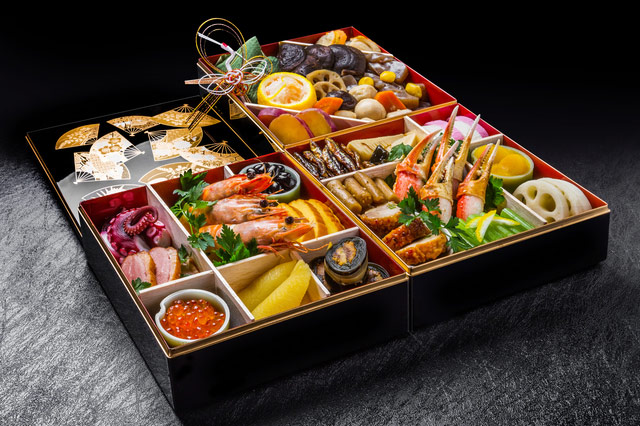
Osechi Ryouri is a special dish eaten during the New Year. People prepare Osechi Ryouri ahead of time so that for the first three days of the year they do not have to cook. This is believed to have started in order to avoid making nosies by cooking in the kitchen while greeting the gods in the New Year. Each food contained in the Jyubako (a special container) has special meaning and is believed to bring happiness and good health to the family.
Our Top Tips
JR Pass for Whole Japan
Explore Japan in the most convenient and economical way with a Japan Rail Pass! It is valid for the majority of railways and local buses operated by JR.
2. Zouni (New Year)
Zouni (or o-zouni) is mochi cooked with vegetables and is usually eaten during the New Year along with Osechi Ryouri. Zouni differs from area to area and there is quite a difference between Eastern and Western Japan. For example, around the Tokyo area, it is usually made with clear soup and rectangular mochi. In Western Japan, it is made with miso soup and round mochi.
3. Nanakusa gayu (January 7th)
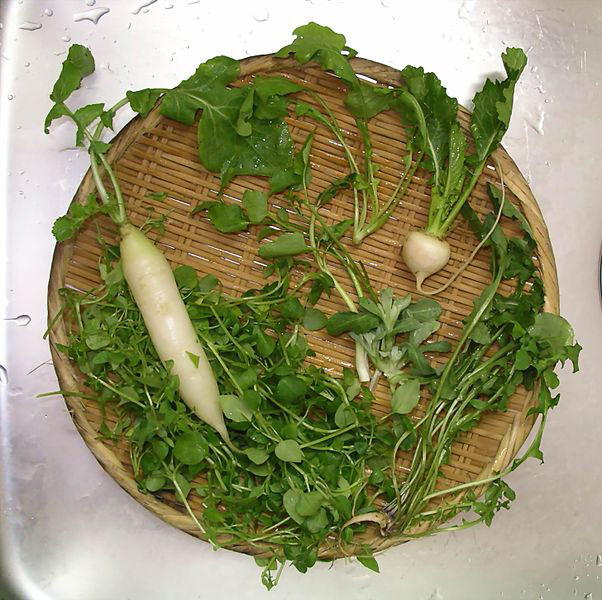
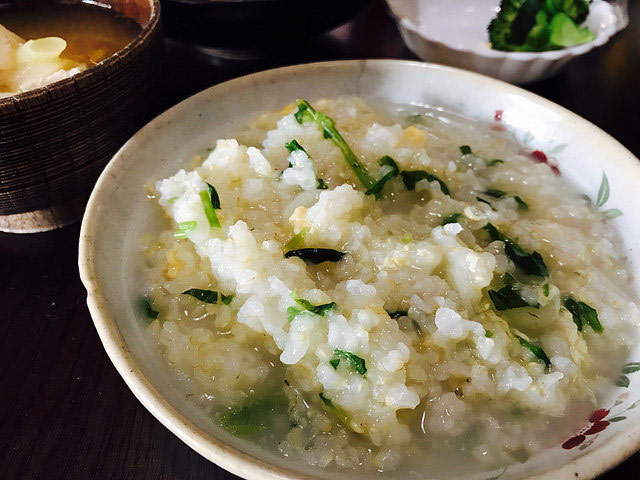
Nanakusa gayu is eaten the morning of January 7th. Nanakusa means seven herbs and it is rice porridge made with seven herbs: water dropwort, shepherd's purse, cudweed, chickweed, nipplewort, turnip and radish. There is a special preparation which needs to be done the night before. It is eaten to wish for longevity and health. It is believed that this tradition started in the Heian period (794-1185/1192 CE).
4. Kagami biraki (January 11th or 20th)
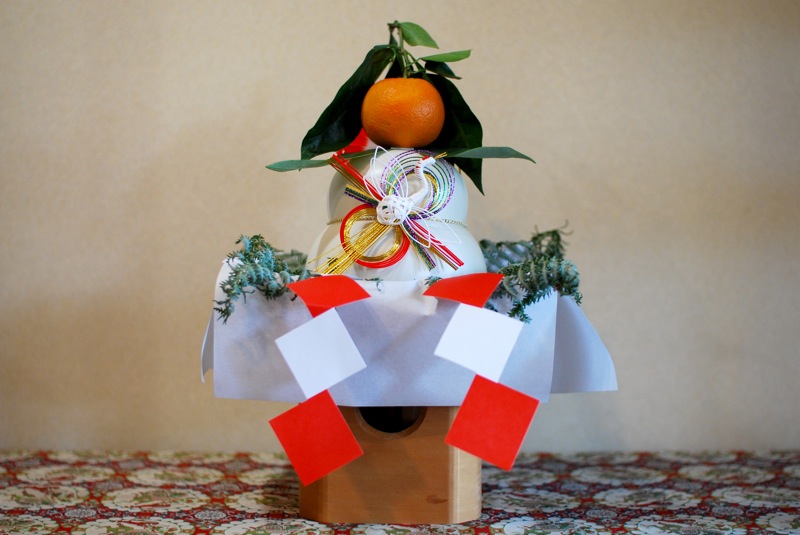
Kagami biraki is to eat the mochi which was given as an offering to the gods/Buddha for the New Year. People thank the gods/Buddha and eat the offering to wish for longevity and health. It is often eaten as zouni or shiruko, which is mochi in red bean soup.
5. Chirashi zushi (March 3rd, Girl's Day)
Chirashi zushi is sushi rice with various toppings on top. It is not specific to March 3rd (Girls' Day) and is eaten throughout the year. Although the origin of why people started to associate Chirashi zushi with Girls' Day is not clear, the toppings used to have auspicious meanings. For example, shrimp represents longevity and beans represents working diligently.
6. Shoujin Ryouri (August 14th and 15th, Obon)
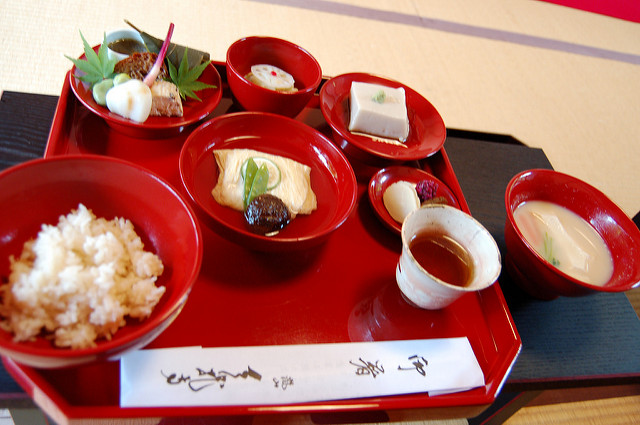
Shoujin ryouri is cuisine made of vegetables, beans and grains and does not use any animal products. This is because Buddhism forbids violence and thus killing of any kind. It is not clear why Shoujin Ryouri is eaten during the Obon period in summer. However, the same dishes are prepared and offered to the ancestors' spirits who are visiting this world during this time.
7. Eel (Doyou no ushi no hi)
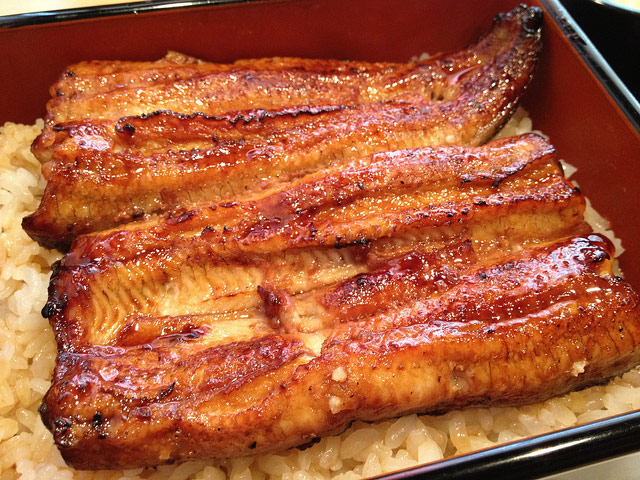
Eel is eaten on Doyou no ushi no hi. Doyou no ushi no hi is determined by the position of the sun so it varies from year to year. Usually, it is between July 19th to August 7th. The custom of eating an eel on Doyou no ushi no hi started in the late eighteenth century. Interestingly, it is written in Manyoushu (the oldest collection of Japanese poetry from the eighth century) that people ate an eel, a nutrient-rich food, to survive the hot summer.
8. Pumpkin (Winter Solstice)
A pumpkin is eaten on winter solstice. There is a saying that if you eat a pumpkin on winter solstice, you will not catch a cold. It might be just an old wives' tale but pumpkin is full of Vitamin A and beta-carotene making it an immune boosting food. It is believed that the reason people started to eat pumpkin on the winter solstice is because they believed that the negative energy increases on winter solstice when the day is the shortest of the year. Therefore, people ate foods with the letter "n" (ん) which sounds like "un" (運, luck) to bring luck. It is not only pumpkin - other foods such as carrot (ninjin) and ginkgo (ginnan) are eaten but pumpkin (nankin) is the most popular one.
Our Top Tips
Japan Shinkansen, Narita Express (N'EX) & Express Train Tickets
Plan ahead by booking your shinkansen, airport train, and express train tickets online in English. Have the tickets sent to you by mail or collect them at the station once you're in Japan.
9. Toshikoshi Soba (New Year's Eve)
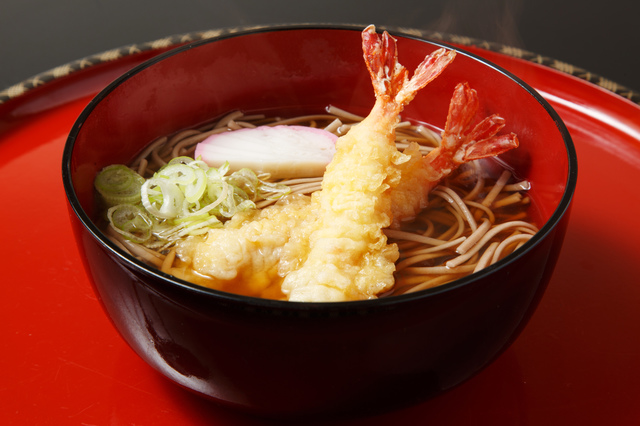
The custom of eating soba noodles at the end of the year became widely common in the Edo period (1603-1868 CE) and has been practiced since then. According to the survey done in 2012, 57.6% of the people said they eat Toshikoshi Soba. The reason people eat soba noodle is because out of Japanese noodles, soba noodles break the easiest and therefore by eating soba noodles, they break off all the bad luck before the new year comes.
The information in this article is accurate at the time of publication.


